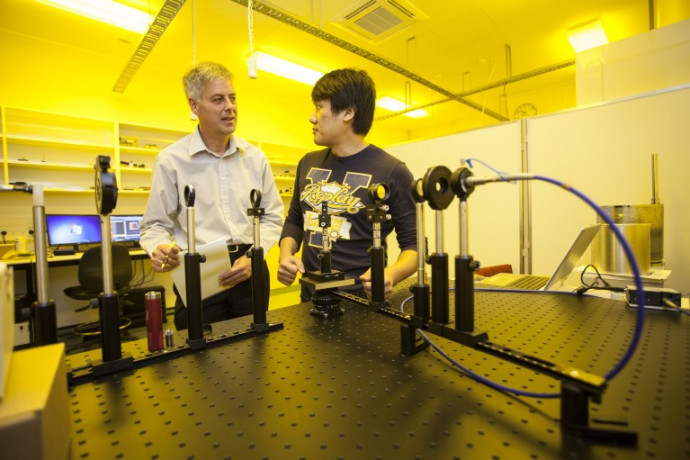News
Published 19 April 2018On science and stamp collecting

Physicist Professor Richard Blaikie shares his perspectives on what social science and the humanities can bring to the physical sciences and the role of te ao Māori in research in Aotearoa.
Reading some of the recent commentary about the role of the humanities and social sciences alongside so-called hard sciences and technology in the Royal Society Te Apārangi, and the role of te ao Māori in research in Aotearoa, I feel compelled to respond. Even though many of the arguments supporting an integrated and inclusive approach to knowledge discovery and its application to the world we live in have been made by others, I feel a strong sense of historical déjà vu about this whole debate.
We have always had the urge within the sciences and between disciplines, mostly healthy and good humoured, to try and determine hierarchies of knowledge, principles, methodologies and values upon which the traditions of our different areas of enquiry are based. As a physicist, it might be very easy for me to fall back on the erstwhile and much-quoted assessment from our most famous scientist, Ernest Rutherford, that physics was the only true science, with everything else being merely stamp collecting.
But to what point and what end? Perhaps if I felt insecure in myself or the role of physics in society, I might like to elevate my importance by degrading the hard and careful work of botanists, geologists, zoologists, chemists or psychologists to routine data collection and cataloguing activities. Or I might identify the role of mathematics to one of making the tools to allow me to expound my wonderful theories. Or that engineering was merely a handle-cranking exercise of turning my brilliance into products and technologies that people find useful.
Likewise, historical commentators such as CP Snow have a lot to answer for, in his case for pitching the sciences against the humanities in his Two Cultures articles, essays and book from the 1950’s.
Rather, experience and evidence shows me that we are much better working together in research and its application than being fragmented and hierarchical. Smarter people than I am know this, and have known this for a very long time.
Neils Bohr, one of the founders of modern quantum mechanics that underpins the internet and the IT revolution, was critically aware of the role of complementarity between different knowledge systems to allow deeper insights to be attained about our physical word. In Bohr’s case it was eastern thinkers like the Buddha and Lao Tzu that he called upon when working to theorise the non-intuitive physics of quantum and atomic worlds that have uncertainty and ambiguity fundamentally embedded – hugely challenging to classical physics. Bohr was influenced by these ideas to the point that he incorporated the Taoist symbol of yin and yang into his family coat of arms as Dame Anne Salmond has recently pointed out.
Contemporary examples of the Bohr model of complementarity and inclusiveness abound. Our 11 National Science Challenges have social and cultural questions at their core to allow their goals of improved environmental, economic and health outcomes to be achieved through scientific understanding. Steve Jobs' innate understanding of how we live and love and laugh as social animals drove Apple as a technology company to its global pre-eminent position. We are transforming our building stock (slowly) from damp and draughty to warm and cosy through building regulations and insulation subsidy programmes informed strongly by outstanding social science – work recognised with the 2014 Prime Minister's Science Prize.
The opportunity is here now, through the broad-minded and inclusive approaches of our academies, communities and universities to embrace the multiple cultures of our time and our place in Aotearoa to advance knowledge and understanding in all areas.
As a physicist I fully endorse this approach and implore others to do the same – scientists, stamp collectors, Buddhist monks, rangatahi, kuia, kaumātua, artists, builders, accountants, teachers – we all have a critical role to play in exploring, discovering and sharing the knowledge that we need to survive and thrive in a challenging world.
Professor Richard Blaikie FRSNZ
Vice-President Vice President – Physical Sciences, Mathematical Sciences, Technology and Engineering, Royal Society Te Apārangi
Deputy Vice-Chancellor, Research and Enterprise and Professor of Physics, University of Otago
Professor Richard Blaikie
Experience and evidence shows me that we are much better working together in research and its application than being fragmented and hierarchical.
